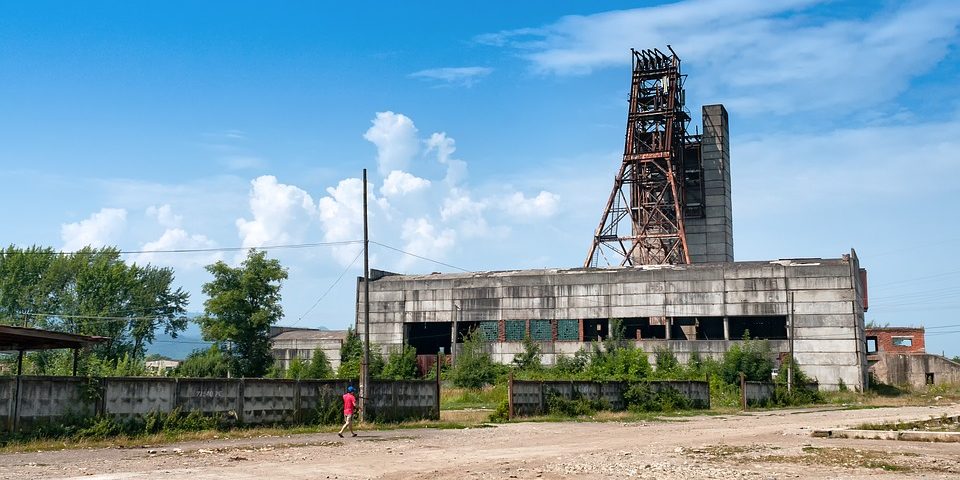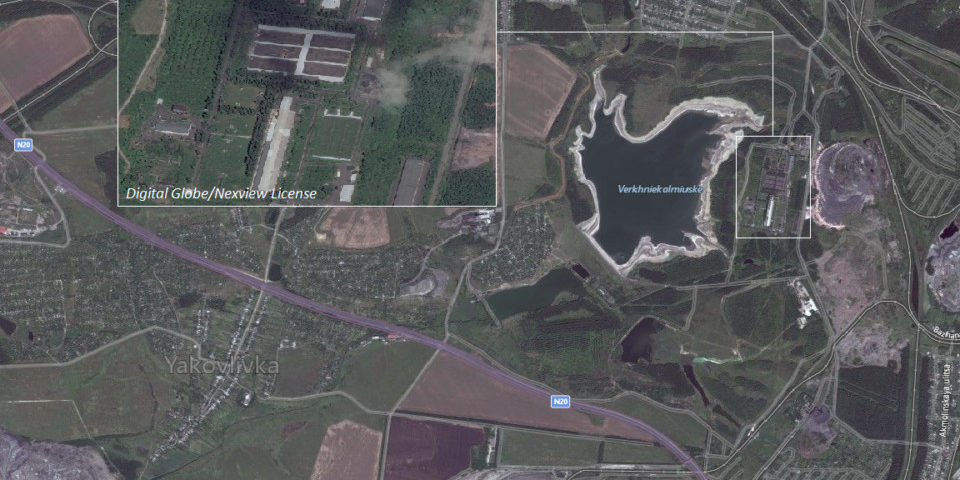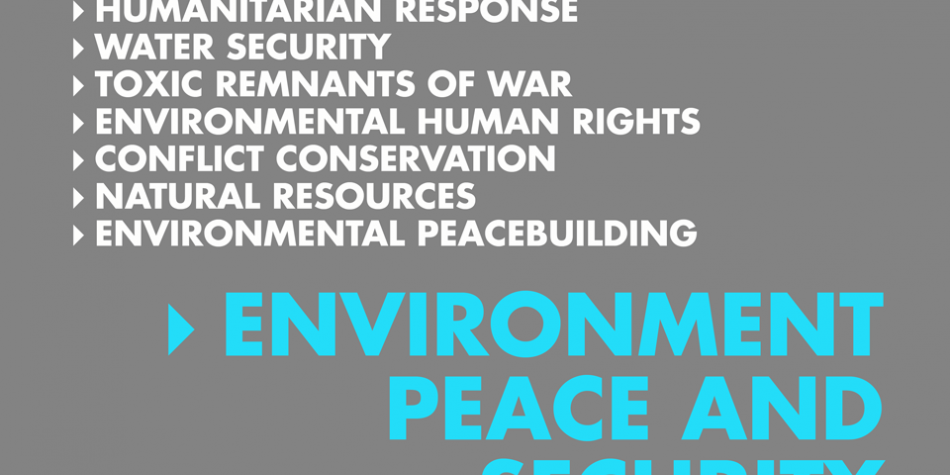Bellingcat/PAX | Donbas: A Ticking Toxic Time Bomb
Large-scale heavy industry in the Donbas region adds to the risks posed to civilians through the risk of environmental pollution and related health issues. This article focuses on the often overlooked, or at minimum under-reported, risks of the impact of the conflict on the environment.








